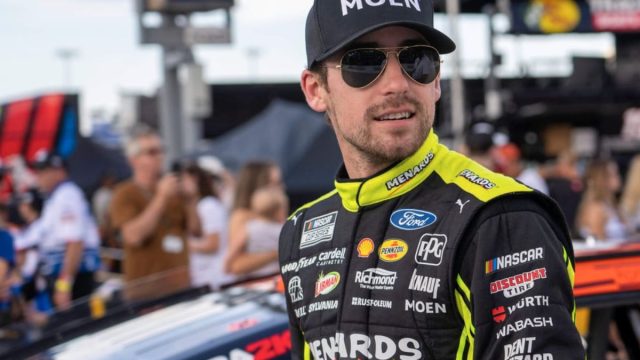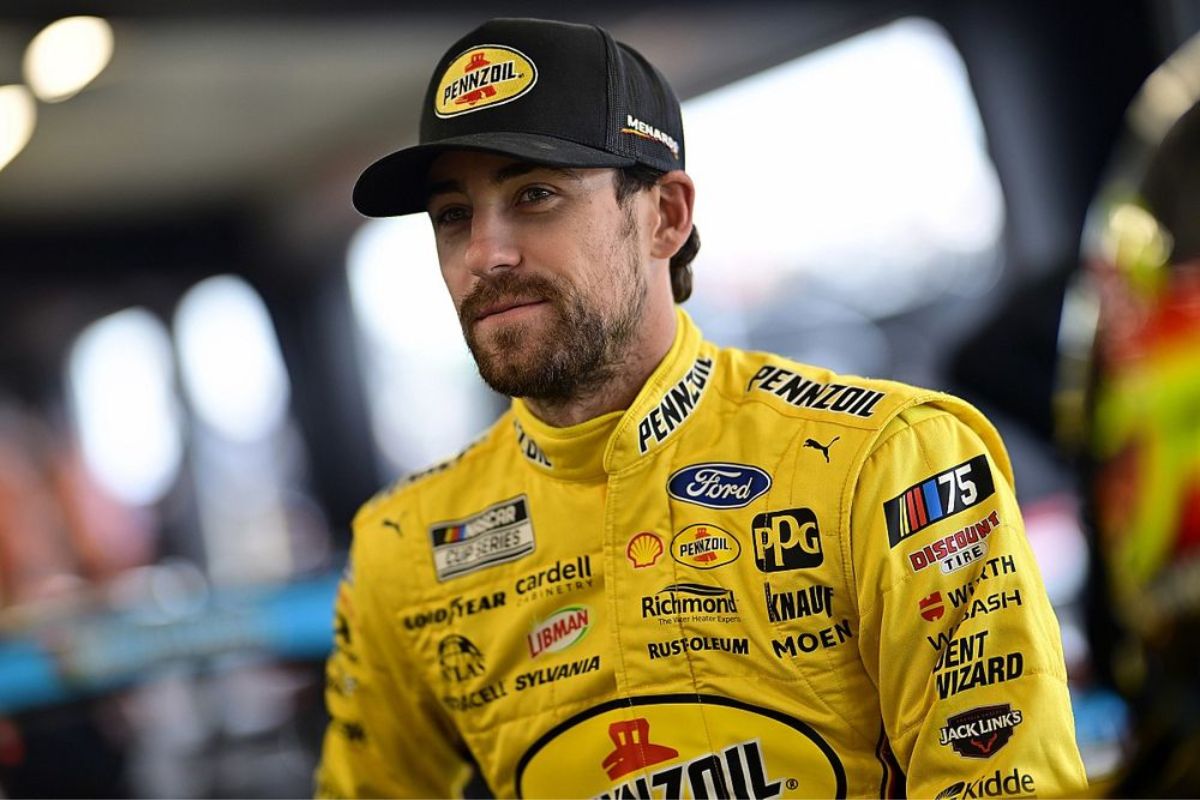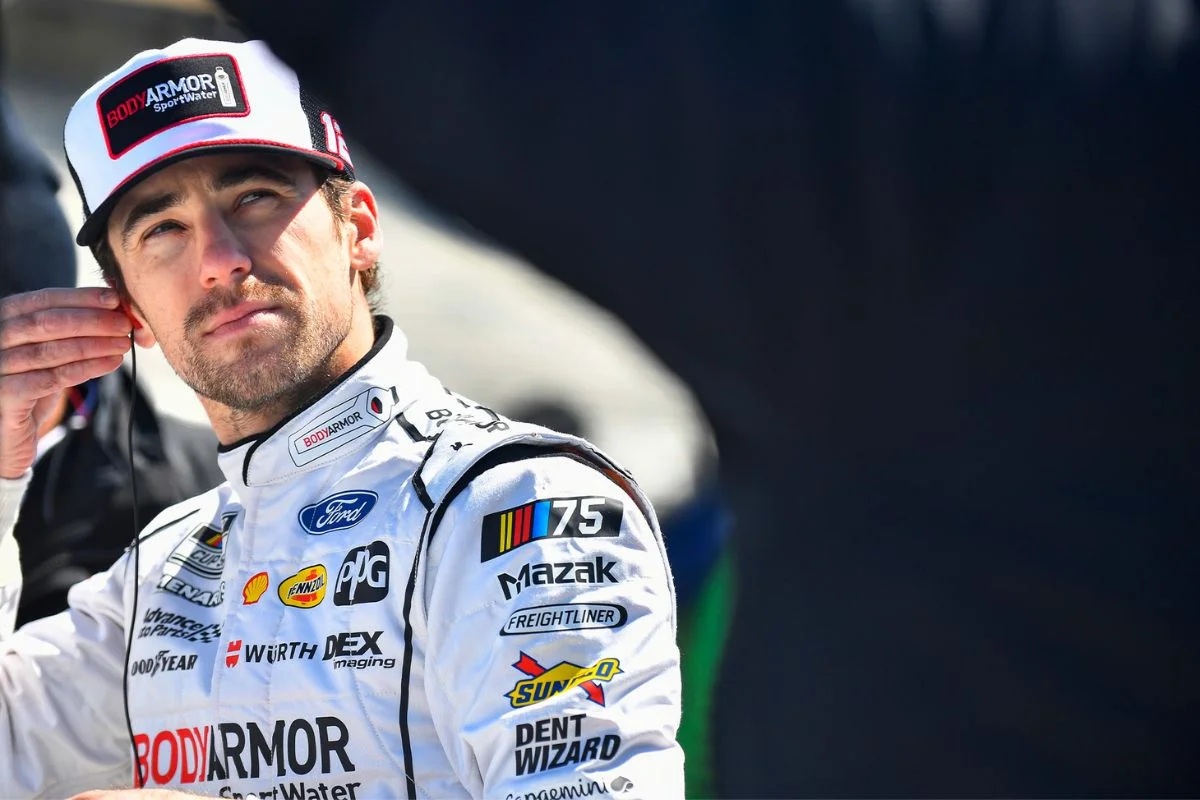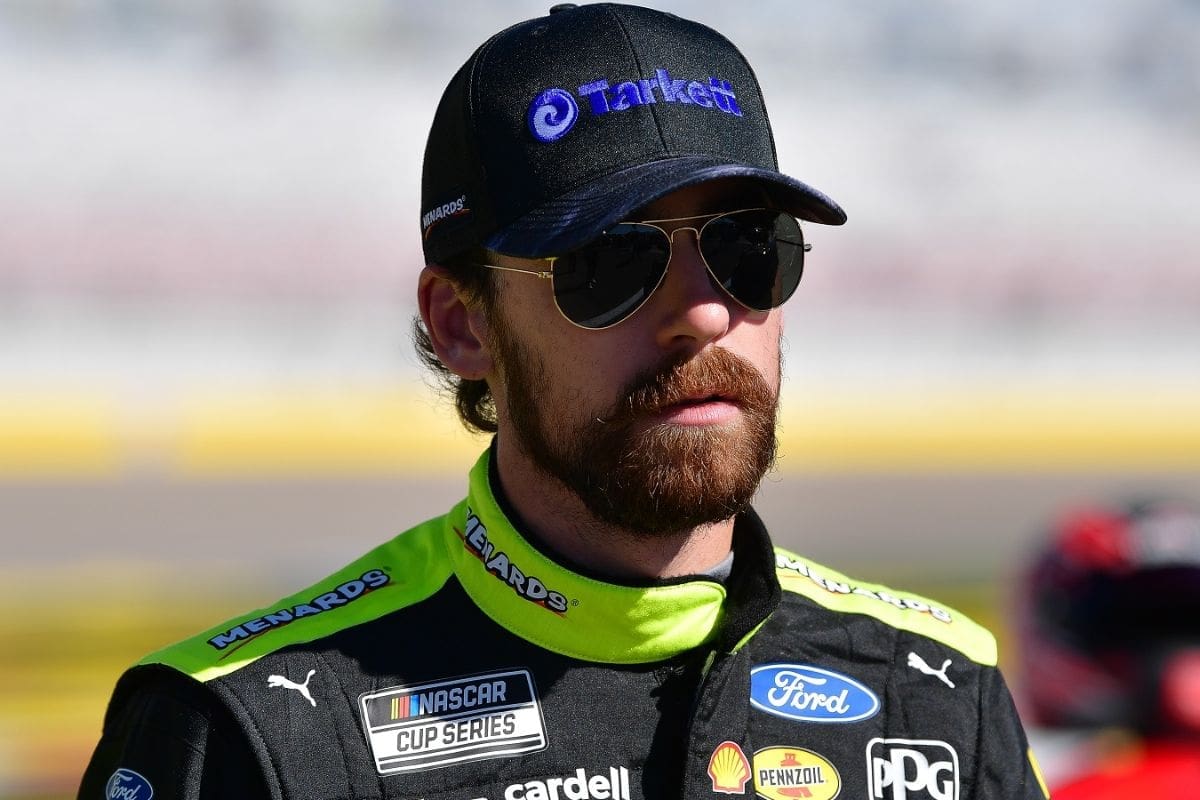Ryan Blaney Demands NASCAR Revamp: Ryan Blaney’s vocal criticism of NASCAR’s Next-Gen short-track package brings to the forefront the intricate balance between innovation and tradition within the sport. His statement talks not only about ride height but also on the technical details as well. With Blaney’s critique echoes the growing discontent among his peers, the situation presents NASCAR with a crucial decision-making moment. Now, the response from the organization could redefine the future of short track racing.
Key Takeaways
- Ryan Blaney criticizes NASCAR’s short-track package, calling for major changes to improve racing quality.
- He suggests specific adjustments like modifying the ride height of Next-Gen cars to enhance competitiveness.
- Blaney’s critique reflects a broader discontent among drivers with the current state of short-track racing.
- The need for a data-driven approach to address the root causes limiting racing dynamics is emphasized.
- Blaney demands for a collective effort among NASCAR stakeholders to reimagine the short-track racing experience.
Blaney Criticizes NASCAR’s Short-Track Package
Why does Ryan Blaney’s recent critique of NASCAR’s short-track package vibrates so deeply within the motorsports community, shining a light on persistent challenges yet to be effectively addressed? Blaney’s discontent, as voiced in his conversation with Bob Pockrass, covers the growing frustration amongst drivers and teams over the current state of NASCAR’s short-track racing.
“What made the other car really good at short tracks? You just haven’t really been able to find that. I don’t know. I mean, it’s time for drastic, drastic changes.” (Blaney)
The essence of Blaney’s critique lies in the acknowledgment of NASCAR’s attempts to improve the short-track racing experience, compared against the reality of their insufficient impact. This gap between intention and outcome highlights a critical oversight in the developmental and implementation phases of the short-track package. Despite previous adjustments aimed at fostering closer, more competitive racing, the expected revival of short-track events has fallen short of expectations.
Blaney Calls for Drastic Changes
Ryan Blaney demands NASCAR revamp of short-track package which highlights the urgent need for innovative solutions to enhance the competitive nature of the sport. Blaney’s encouragement for significant alterations highlights the critical point at which NASCAR finds itself, especially in the era of the Next-Gen car. The specificity of his suggestions, such as modifying the ride height, reveals a deep understanding of the subtle balance between vehicle performance and race dynamics.
The complexity of the situation cannot be overstated. Altering the ride height of Next-Gen cars is not a straightforward task; it involves a careful consideration of aerodynamics, tire wear, safety, and the overall impact on racing quality.
Blaney Acknowledges Frustration Among Drivers
In a frank acknowledgment, Ryan Blaney has voiced the growing discontent among NASCAR drivers with the current challenges of short-track racing, highlighting a collective frustration over the inability to perform close, competitive racing. The fact lies in the limitations imposed by the current configurations and specifications of the Next-Gen cars, which, despite being a leap forward in many aspects, have carelessly suppressed the dynamism typically associated with short-track contests.
Blaney’s thoughts aren’t just his own; they reflect a bigger worry shared by many in the NASCAR community. The drivers’ frustration emphasizes a fundamental disconnect between the technological advancements covered in the Next-Gen cars and the practical realities of short-track racing.
Moreover, Blaney’s open acknowledgment brings to light the delicate balance NASCAR must navigate. On one hand, there is a push towards innovation and safety improvements in the Next Gen car designs. On the other, there is an apparent need to preserve the competitive integrity and spectator appeal of short-track racing.
Uncertain Future for Short-Track Racing
The uncertain future of short-track racing in NASCAR looms large as drivers and fans express increasing dissatisfaction, highlighting the urgent need for solutions that have yet to materialize. Amidst the uproar for change, Ryan Blaney’s acknowledgment of the shared frustration across the NASCAR community emphasizes the complexity of the issue at hand. The challenge is not merely identifying the problems but engineering solutions that are effective and feasible within the sport’s competitive and technical framework.
“The struggle to enhance the short-track racing experience brings to light several critical dimensions:I see people complaining about it, you know, fans and the outside world complaining about it. It’s like, hey, we dislike it as much as y’all. I mean, we don’t like it either. It’s frustrating for us. I think more when we can’t ask somebody or get within two car lines to somebody at these short tracks. And it just is unfortunate.” (RYAN)
The uncertainty surrounding potential fixes is a sign of the complexities involved in modifying a sport deeply rooted in tradition and innovation. As NASCAR stands at this crossroads, the need to devise and implement solutions intensifies, with the future of short-track racing hanging in the balance.
News in Brief: Ryan Blaney Demands NASCAR Revamp
The call for a remake of NASCAR’s Next-Gen short-track package by Ryan Blaney highlights a crucial moment for the sport.
The proposed modifications, including ride height adjustments, demonstrate a deep understanding of the intricate challenges faced in short-track racing.
This backing emphasizes a collective desire among drivers for enhanced performance and safety standards.
Addressing these concerns is essential for NASCAR to maintain its competitive integrity, ensuring the sport’s evolution remains in step with technological advancements and stakeholder expectations.
Our Reader’s Queries
Q. What happened to Ryan Blaney?
A. Blaney’s car transformed into a blazing streak of yellow, flying straight into the outer barrier. The impact was surreal, leaving spectators in awe. Blaney revealed on Saturday that the crash into the wall generated a staggering 55 Gs, as recorded by a specialized data-acquisition mouthpiece monitored by Wake Forest, worn by the driver.
Q. How much money does Ryan Blaney make?
A. Blaney’s annual earnings racing for Team Penske hover around $1.9 million, a figure that doesn’t even account for his endorsement deals and season bonuses. With his status as the reigning Cup Series champion, Blaney is assured to see a bump in his salary.
Q. Who is the number 12 race car driver?
A. Ryan Blaney pilots the No. 12 Team Penske Ford Mustang, marking his sixth full season under the guidance of team owner Roger Penske.
ALSO READ: Ryan Blaney’s Talladega Warning: Drivers, Beware!



